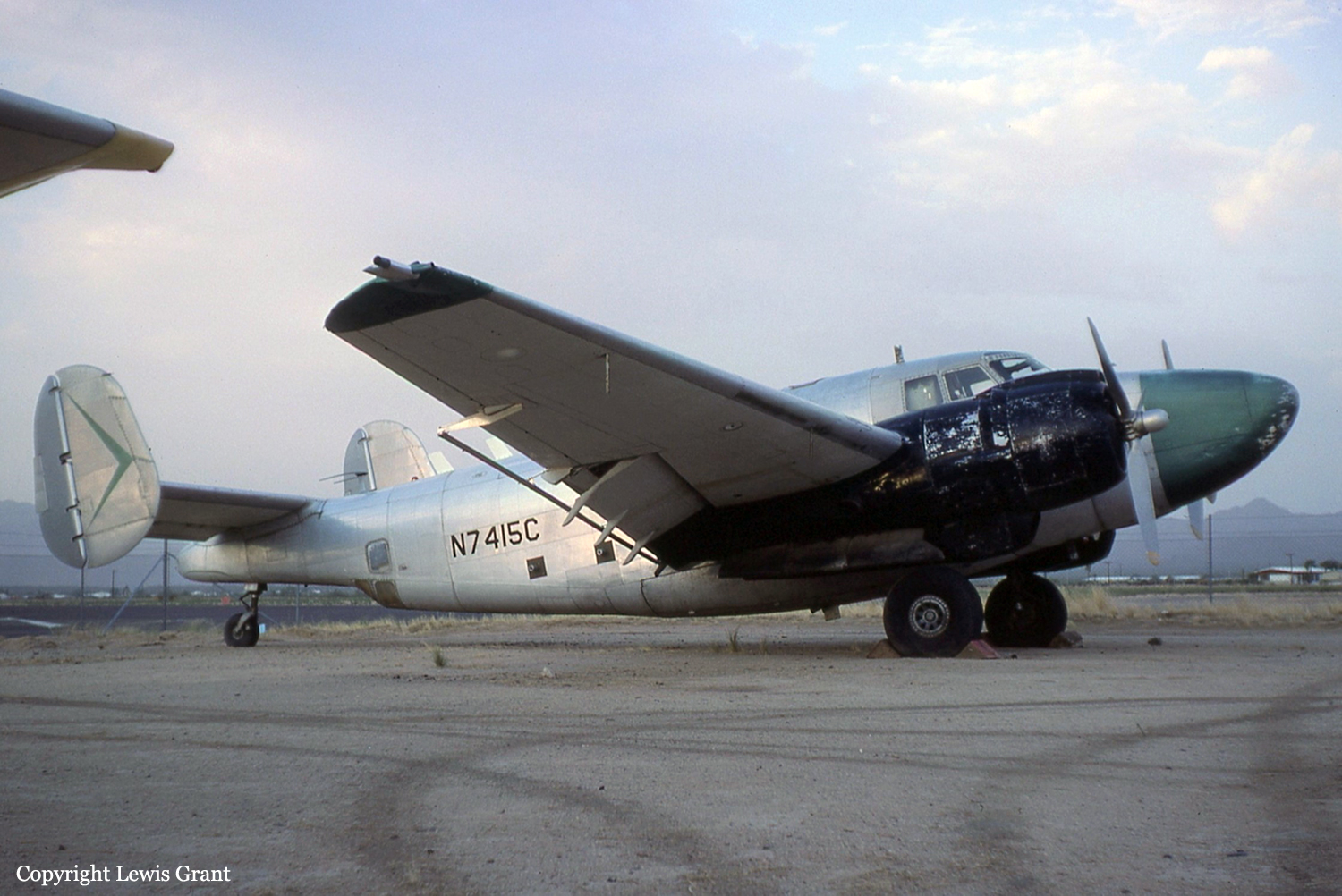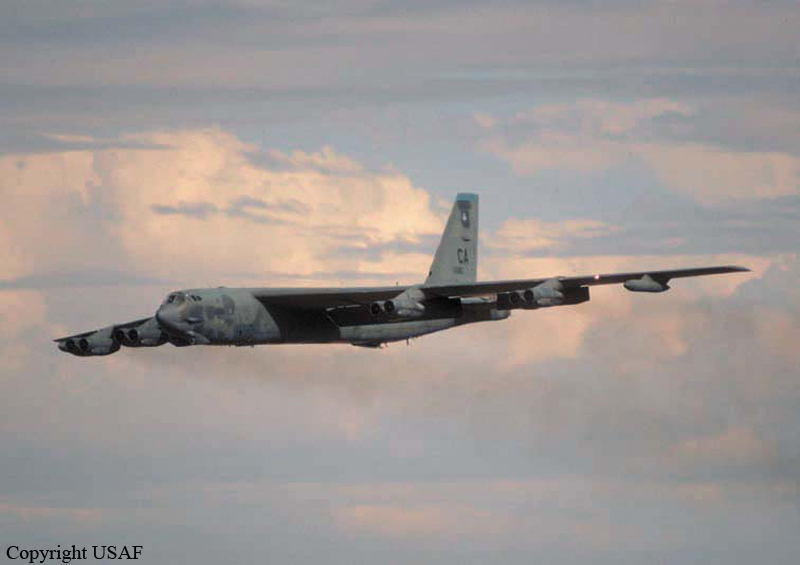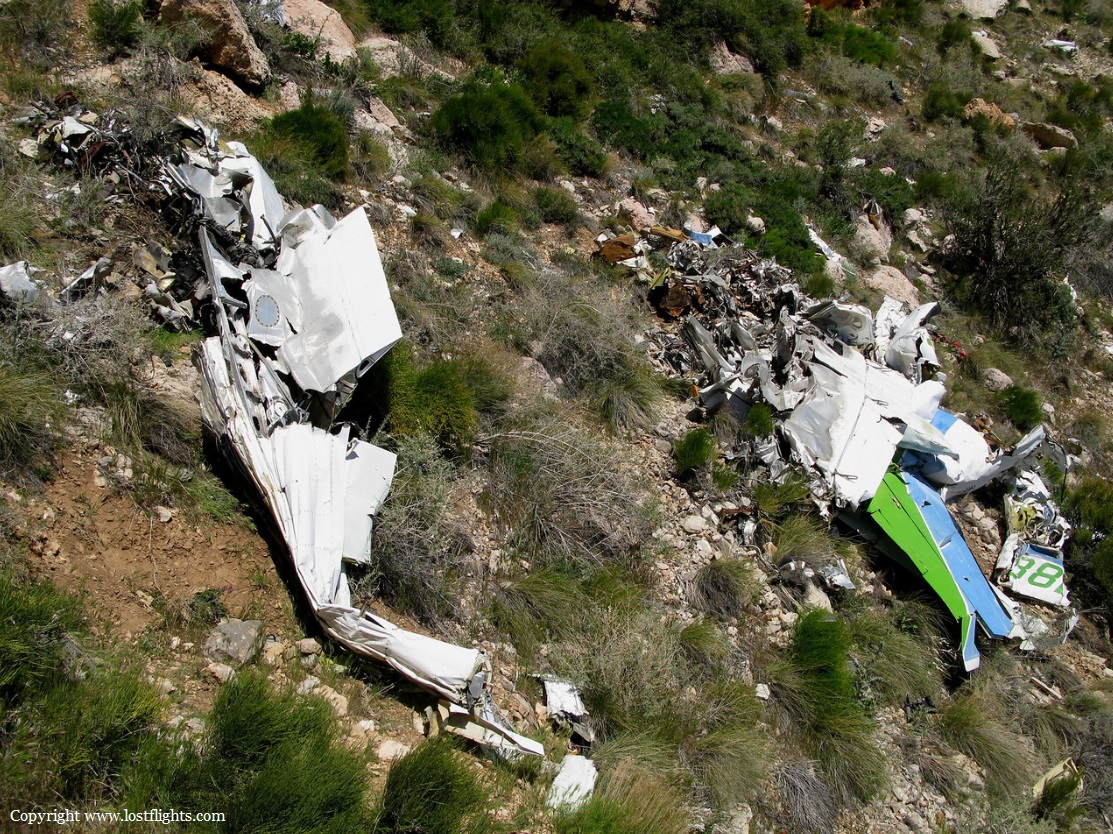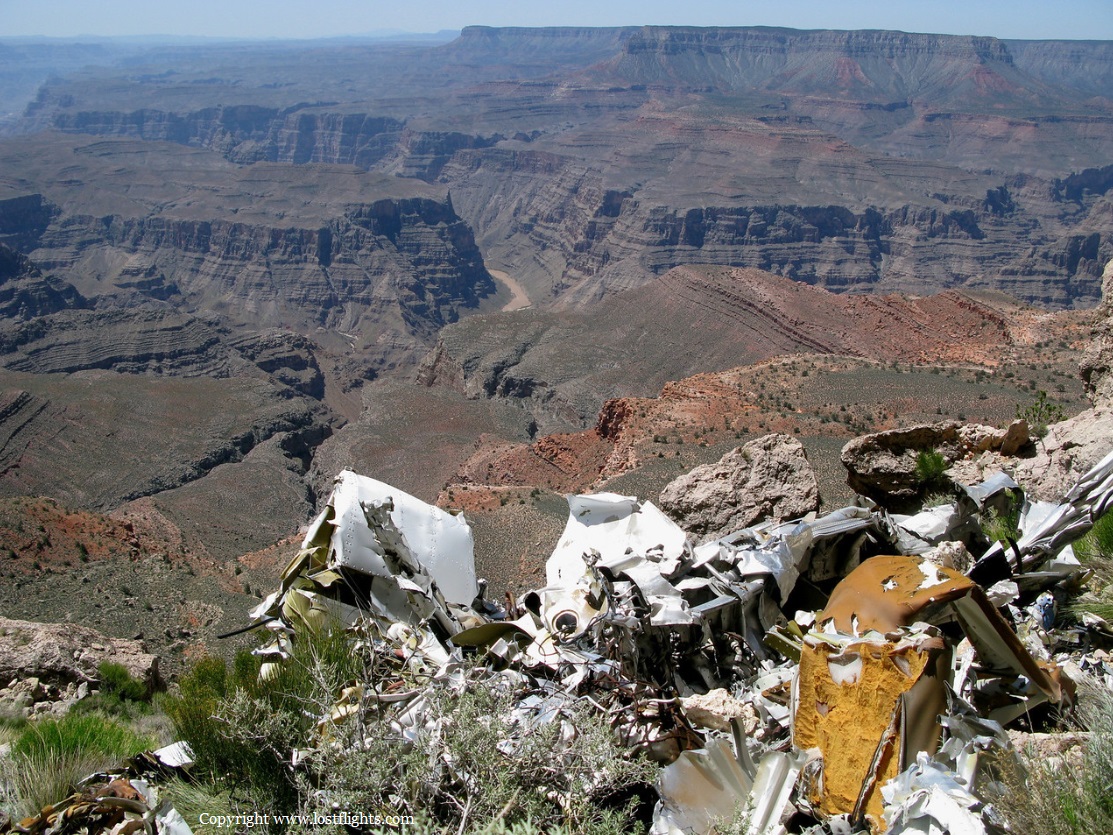Crash of a Lockheed PV-2D Harpoon in Mesa
Date & Time:
May 1, 1985 at 1557 LT
Registration:
N7415C
Survivors:
Yes
Schedule:
Mesa - Mesa
MSN:
15-1608
YOM:
1945
Crew on board:
2
Crew fatalities:
Pax on board:
0
Pax fatalities:
Other fatalities:
Total fatalities:
0
Captain / Total hours on type:
220.00
Circumstances:
Following a dual engine change, the pilot test flew the aircraft. On initial climb, at about 500 feet agl, both engines began backfiring violently and lost power. According to the pilot, power sufficient for flight could not be obtained, and a forced landing was made about 0.75 miles from the airport. The landing occurred in open desert terrain and the aircraft was substantially damaged. The pilot acknowledged that he did not check the position of the control handles for the superchargers during either his preflight or pre-takeoff inspections. And the blowers had been inadvertently left set to the high blower position. According to the pilot, the checklist which he was using for the aircraft did not address the position of the blowers because for the past 15 years it had been company policy to 'wire the blowers to the low blower position.' Both occupants escaped uninjured.
Probable cause:
Occurrence #1: loss of engine power (partial) - nonmechanical
Phase of operation: takeoff - roll/run
Findings
1. (c) checklist - inaccurate - pilot in command
2. (c) powerplant controls - improper - pilot in command
----------
Occurrence #2: forced landing
Phase of operation: descent - emergency
----------
Occurrence #3: in flight collision with terrain/water
Phase of operation: landing - flare/touchdown
Findings
3. Airport facilities,runway/landing area condition - none suitable
4. Terrain condition - rough/uneven
Phase of operation: takeoff - roll/run
Findings
1. (c) checklist - inaccurate - pilot in command
2. (c) powerplant controls - improper - pilot in command
----------
Occurrence #2: forced landing
Phase of operation: descent - emergency
----------
Occurrence #3: in flight collision with terrain/water
Phase of operation: landing - flare/touchdown
Findings
3. Airport facilities,runway/landing area condition - none suitable
4. Terrain condition - rough/uneven
Final Report:












